The cost of living in Kenya slightly eased in November, government statistician-Kenya National Bureau of Statistics said on Thursday, even as prices of some key commodities remained high.
According to KNBS, inflation eased to 6.8 percent year-on-year in , compared to 6.9 percent the previous month.
The price fluctuations in food, energy and transportation, which together account for nearly 57 percent of family budgets, were significant contributions to the inflation rates, according to KNBS Director General Macdonald Obudho.
On a month-on-month basis, inflation stood at 0.2 percent, down from one per cent in October.
The year-on-year inflation was primarily influenced by increases in the prices of transportation (13.6 percent), housing, water, electricity, gas, and other fuels (8.5 percent), as well as food and non-alcoholic beverages (7.6 percent).
These three categories collectively contribute to over 57 percent of the total weights among the 13 broad categories.
“The housing, water, electricity, gas and other fuels' index increased by 0.2 per cent between October 2023 and November 2023, mainly on account of a 1.1 per cent rise in the prices of both gas and cement,” Obudho said in a statement.
During this period, the price of 200 kwh and 50 kwh of electricity decreased by 1.0 per cent and 1.2 per cent, respectively.
Further, the price of a litre of kerosene cropped by 1.0 per cent during the same period.
KNBS relies on the monthly surveys of retail prices to calculate the Consumer Price Index (CPI) and inflation, targeting a representative basket of household consumption goods and services.
Kenya had record-high fuel prices in September, with petrol reaching Sh217.61. That price heightened concerns among an already financially burdened population.
The data collection process occurs in the second and third weeks of the month across 50 data collection zones throughout the country.
There has been a general increase in prices of necessities like food, transport and energy, but incomes have not risen as much as prices.
As a result, consumers have less purchasing power than before. They are being forced to consume less of everything, or reallocate spending.
However, the situation is expected to get worse according to parliamentary think-tank, the Parliamentary Budget Office.
PBO has projected a rise in inflation – general increase of prices of goods and services in the coming months.
It has cast doubt on the National Treasury’s projection of economic growth this year.
The National Treasury had projected the economy to grow at 5.0 per cent in 2023 up from 4.8 per cent in 2022.
This will majorly be driven by favorable weather conditions, performance of the service sector and impact of the Bottom-up Economic Transformation Agenda policies, according to Treasury.
“However, given the multiplicity of the downside risks, this growth projection may not be achieved,” PBO stated in a report.
It said this has been aggravated by the high public debt that has squeezed fiscal space and the depreciating shilling against major world currencies.
The moves could worsen the already beaten economy.






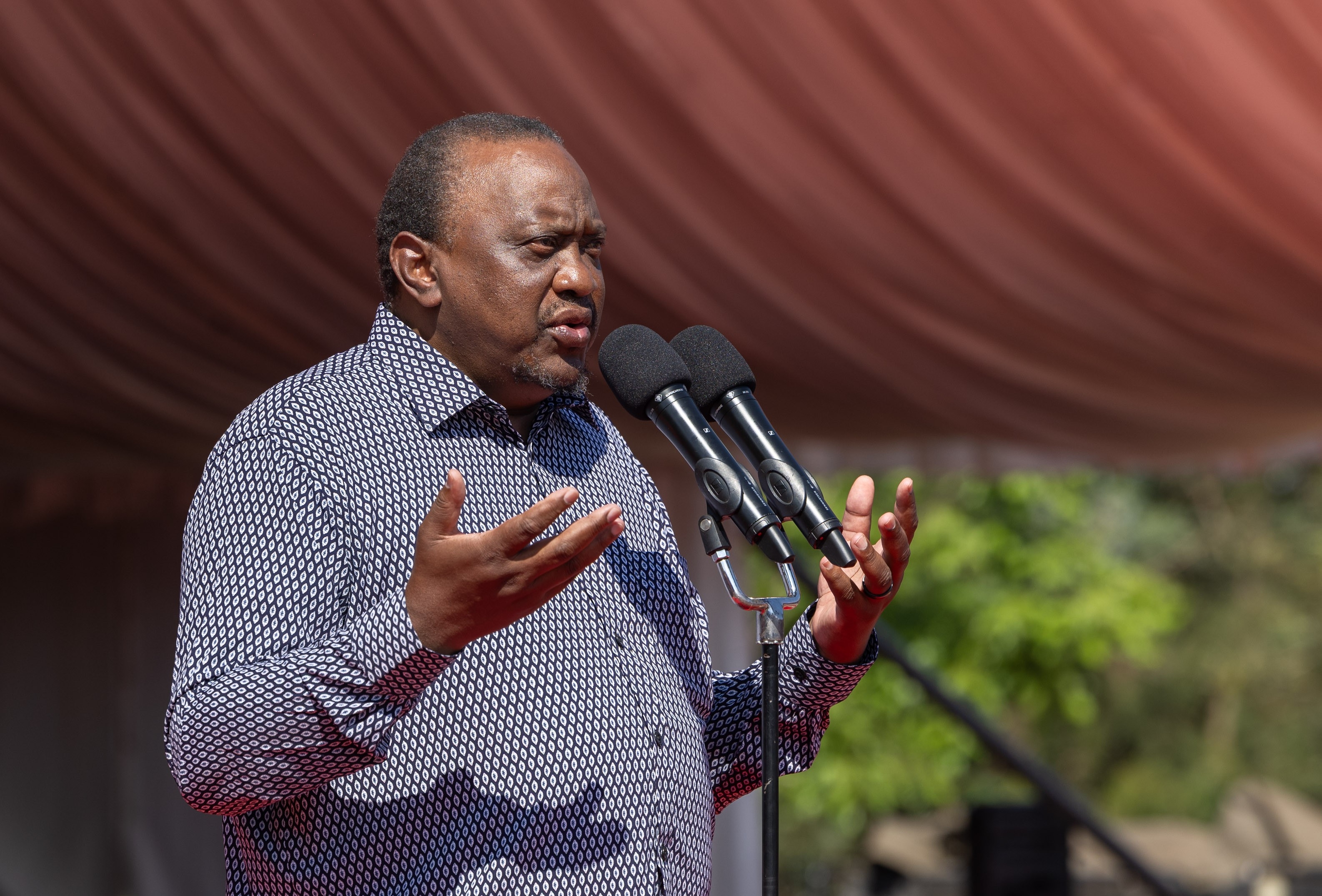
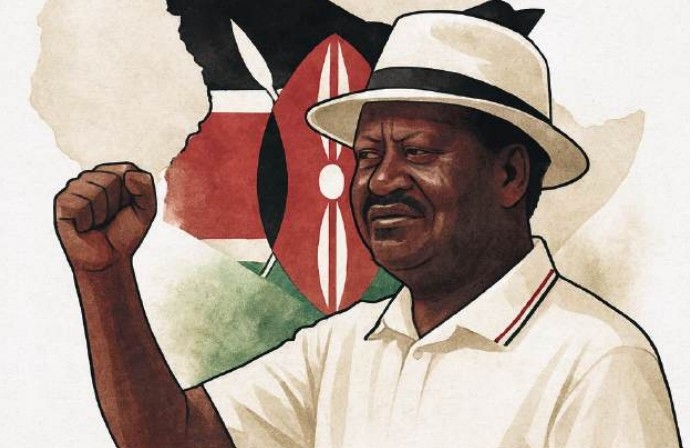
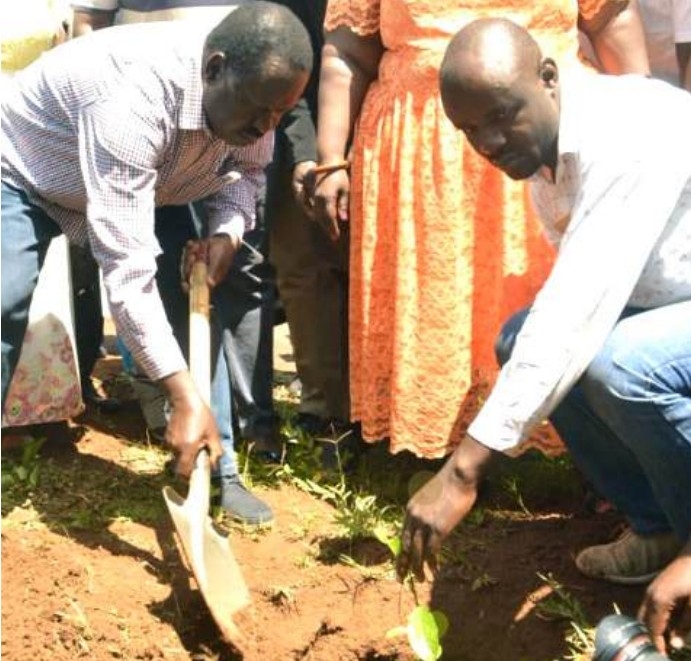
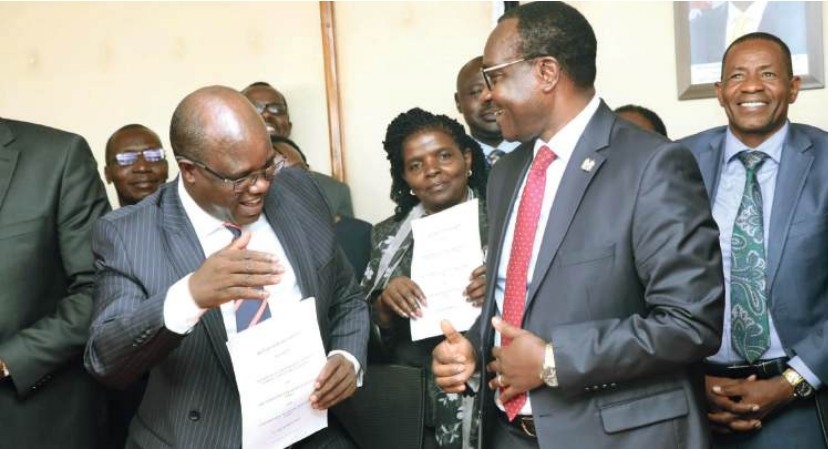
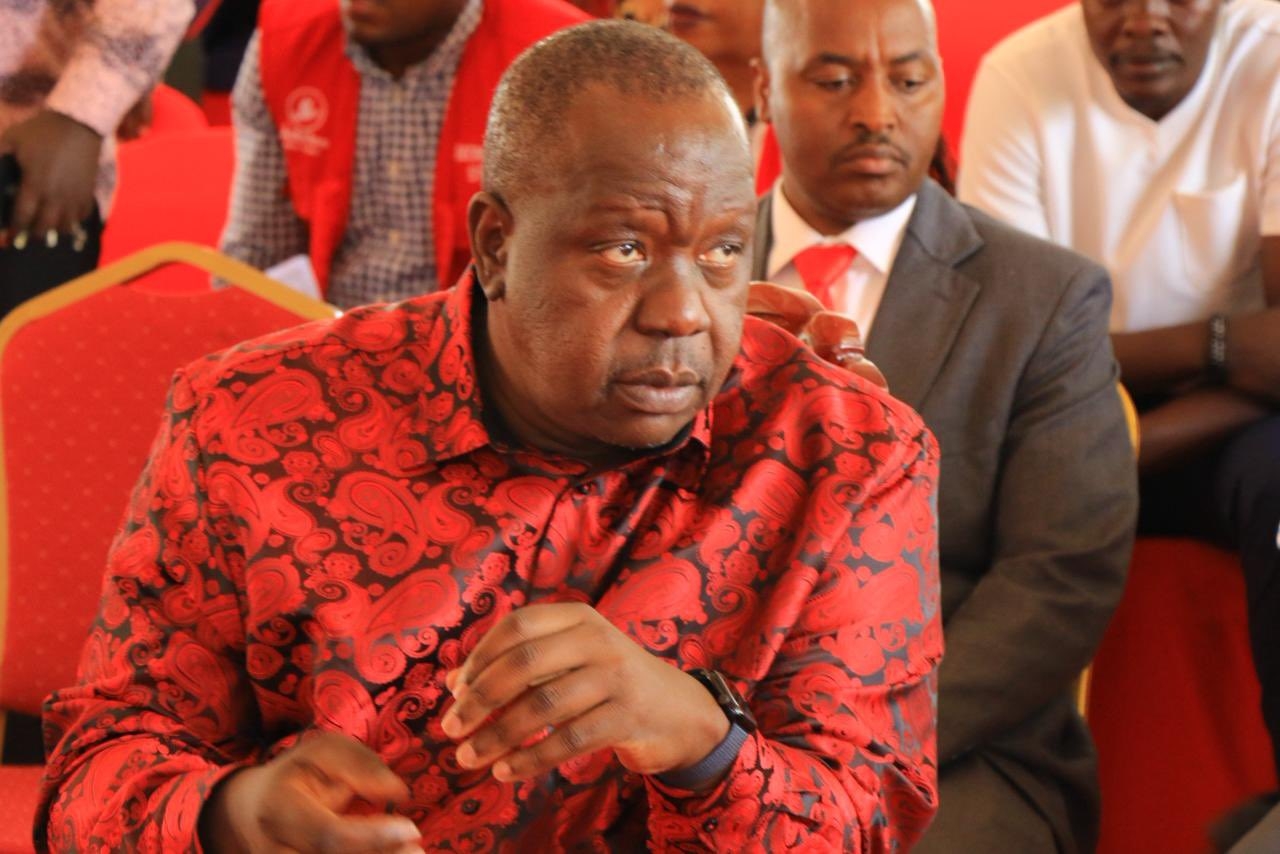
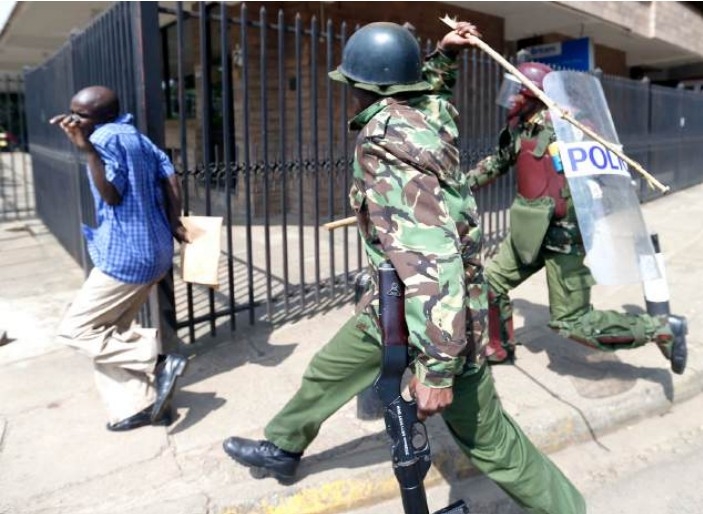
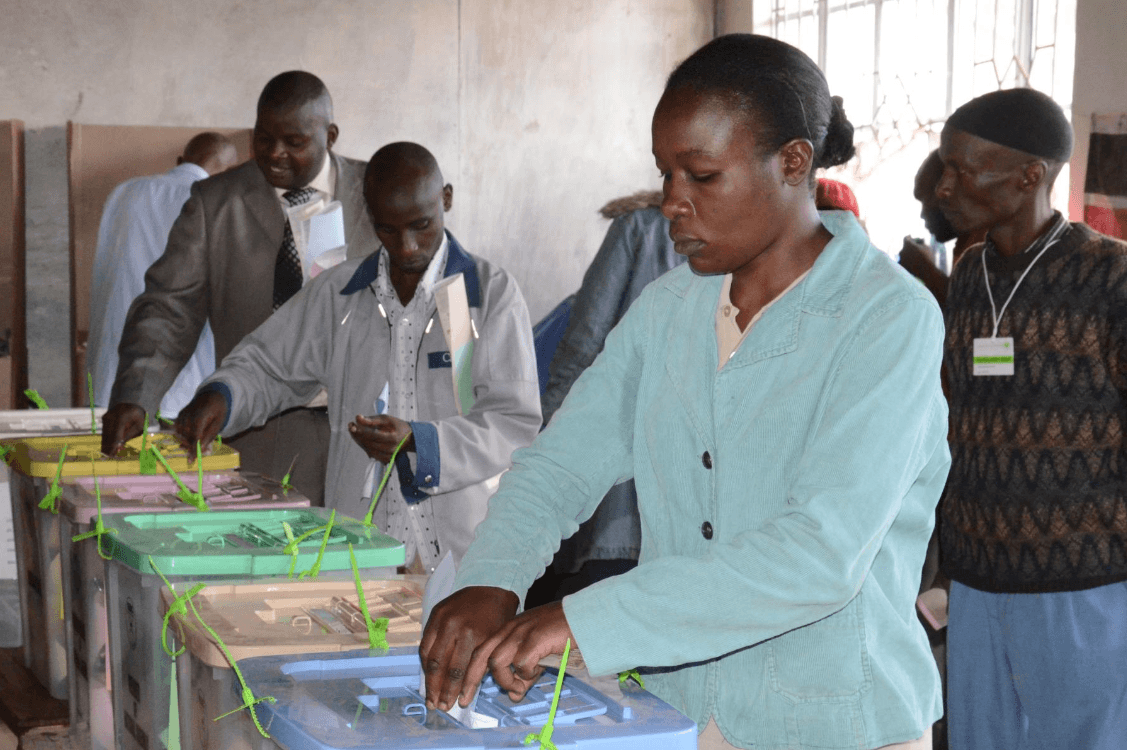

![[PHOTOS] How ODM@20 dinner went down](/_next/image?url=https%3A%2F%2Fcdn.radioafrica.digital%2Fimage%2F2025%2F11%2F99d04439-7d94-4ec5-8e18-899441a55b21.jpg&w=3840&q=100)


